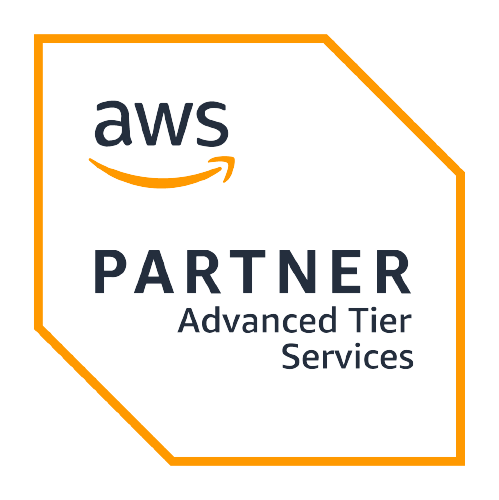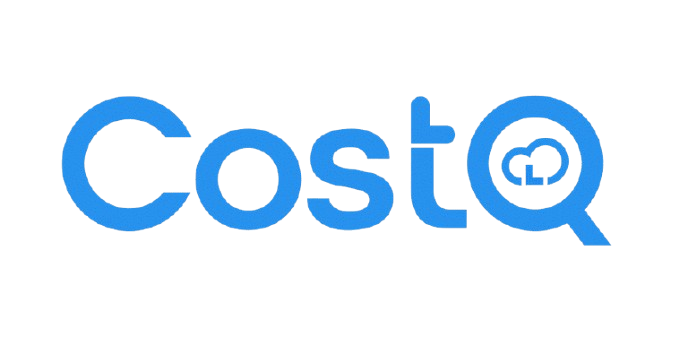Get Up to ~40% Off on Cloud Services – Absolutely Free!
CostQ uses advanced intelligence and group buying power to dramatically reduce your cloud costs. Join thousands of startups saving millions.
Yes, it's really free! Here's how — no credit card required.
Cloud Cost Analytics
Key Features of CostQ
CostQ empowers you with AI-driven cost optimization, actionable insights, and smart budgeting tools for your AWS infrastructure. Take control of your cloud spending with real-time recommendations and automated cost tracking.
AI-Driven Cost Optimization
Harness the power of machine learning to analyze your AWS usage and uncover real-time cost-saving opportunities.
Group Buying Discounts
Join a collective purchasing model to secure better AWS pricing, slashing your cloud costs significantly.
Seamless AWS Integration
Effortlessly integrate CostQ with your AWS infrastructure for automated cost tracking, budget controls, and peace of mind.
Actionable Cost Insights
Get detailed reports and tailored recommendations to optimize AWS resources and eliminate unnecessary expenses.
Automated Budget Alerts
Set spending thresholds and receive instant notifications to stay in control of your cloud budget.
Continuous Optimization
Benefit from regular AI-driven updates to ensure your cloud costs remain optimized as your needs evolve.
AI-Powered Cost Analysis
Connect & Analyze AWS Costs
Leverage AI-powered insights to uncover hidden cost-saving opportunities in your AWS infrastructure. Get personalized recommendations to optimize your cloud spending while maintaining peak performance.
AWS Cost Analysis - Overview
Access Types
Security
This policy provides read-only access to billing and cost data without any ability to modify resources.
BILLING PERMISSIONONLY
Costq has read-only access to all billing and usage data. This ensures data transparency while maintaining full control over sensitive information.
Costq users cannot modify, delete, or update any data. They can only view and analyze the data provided.
Secure Data Access
Read-only access guarantees data integrity and security.
Transparent Reporting
View accurate billing data without risking accidental changes.
Visibility Without Risk
Get complete cost visibility with zero risk to your infrastructure.


Your Premier Cloud Cost Optimization Partner
Join the growing list of organizations that trust CostQ to maximize their cloud efficiency and minimize costs.
500+
Clients Worldwide
500+
Clients Worldwide
10+
Years of experience in cloud
20%
Average savings on the entire cloud bill


CostQ is an AI-powered cloud cost optimization platform that helps businesses lower their AWS expenses through intelligent insights and group buying strategies.
Our Partners
We partner with leading technology companies to deliver innovative solutions and exceptional services. Our collaborations provide cutting-edge technologies and expertise, helping customers achieve their business goals efficiently.

AWS Advanced Tier Partner
As an AWS Advanced Tier Partner, we provide advanced technical expertise and robust, scalable, and optimized cloud solutions.

Google Cloud Partner
Our partnership with Google Cloud enables us to deliver innovative solutions that accelerate digital transformation with AI, data analytics, and collaboration tools.

Microsoft Solution Partner
As a Microsoft Solution Partner, we leverage Microsoft's technologies to enhance productivity, security, and innovation.
Get started with CostQ at zero cost!
Enjoy full access without the burden of contracts or needing a credit card. Sign up now and see how easy it is to benefit from our services.

We're here to help with any questions you might have about our services.
Our Location
1600 Bryant St #411447
San Francisco, CA USA 94141
Email Address
[email protected]Phone Number
+1 (628) 254 2441Business Hours
Monday - Friday: 9AM - 5PM PST
Send a Message
Fill out the form below and we'll get back to you as soon as possible.
Your data is secure and encrypted
Privacy Policy





